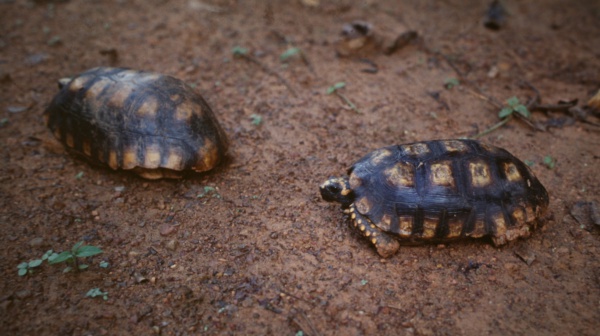Facts About Yellow-footed tortoise
The yellow-footed tortoise, also known as the Brazilian giant tortoise, is a captivating species native to the Amazon Basin in South America. It ranks as the sixth-largest tortoise species globally and shares a close genetic relationship with the red-footed tortoise. Over the years, scientists have revised its classification numerous times to reflect its intricate taxonomy.
These tortoises are notable for their considerable size and distinctive shell patterns, which can sometimes make them difficult to distinguish from their red-footed counterparts. Males generally surpass females in size and possess unique physical traits that differentiate them.
There is ongoing debate regarding the preferred habitat of yellow-footed tortoises. Some experts suggest they flourish in grasslands and dry forests, while others believe they thrive in humid forests. Regardless of their exact habitat preference, these tortoises exhibit fascinating behaviors, such as distinctive vocalizations and perennial mating rituals. Their diet is quite varied, consisting of leaves, fruits, plants, and even invertebrates.
Breeding typically coincides with the rainy season. Males display specific behaviors to identify and court females, and females lay eggs annually. Unfortunately, the yellow-footed tortoise is endangered, facing significant threats from habitat loss and poaching. Nonetheless, they are protected under international agreements aimed at conserving their populations.

 Brazil
Brazil